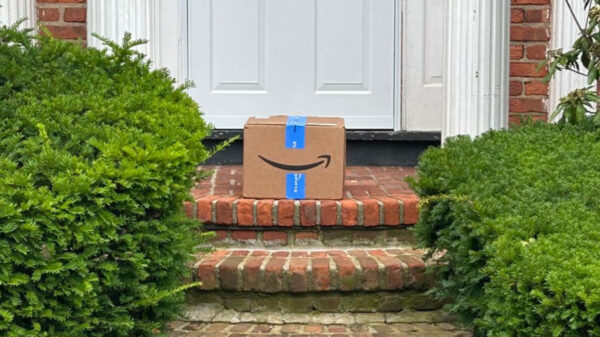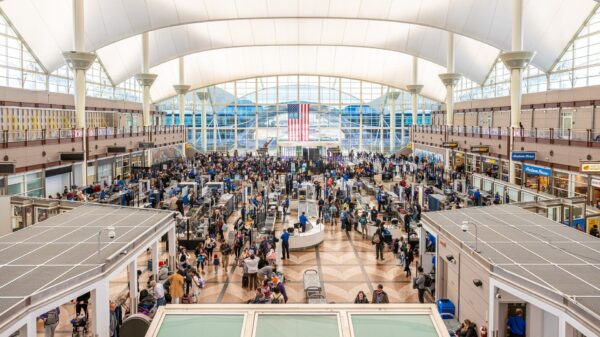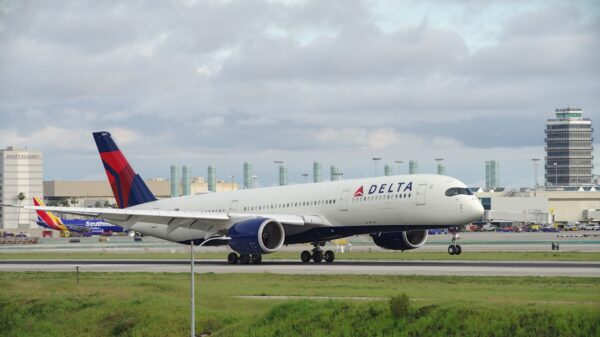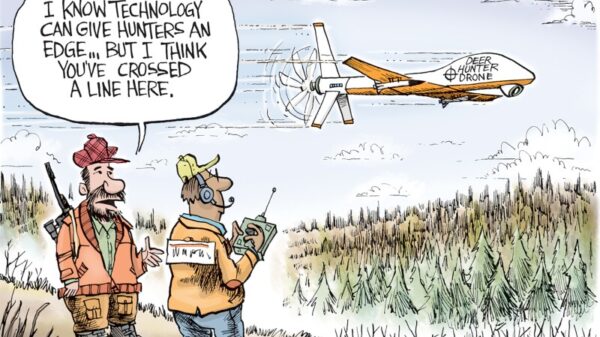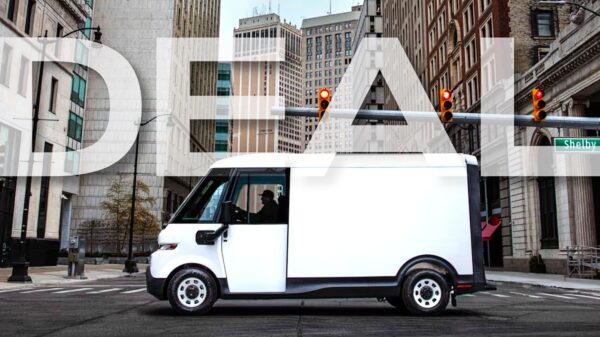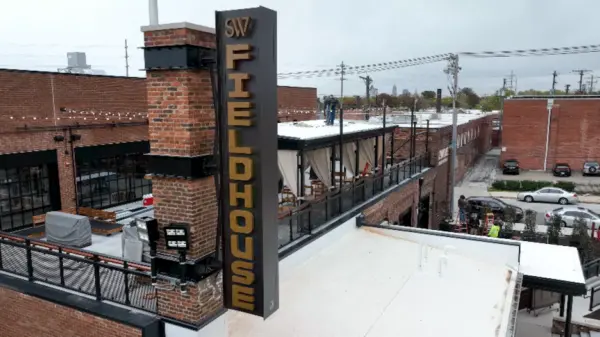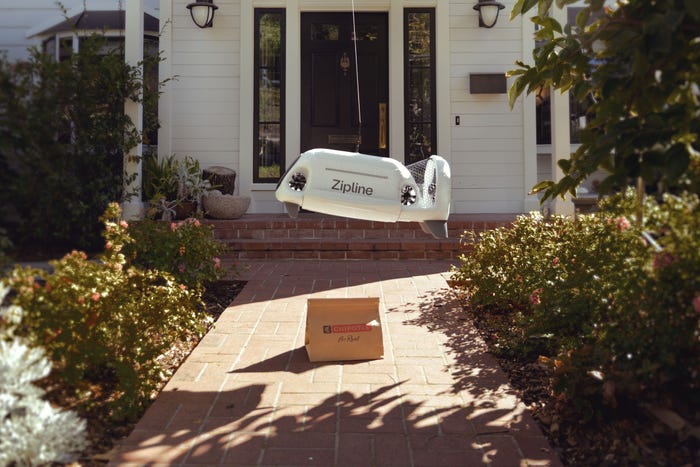UPDATE: Drone delivery is officially soaring as major retailers like Chipotle and GoTo Foods launch ambitious pilot programs. Consumers in the Dallas area can now expect burritos and snacks delivered by drone, marking a game-changing moment in food logistics.
Authorities confirm this surge is fueled by a June 2023 executive order that simplifies regulatory hurdles, paving the way for widespread adoption of drone technology across the U.S. This shift is not just about convenience; it signifies a fundamental change in how we receive our meals and groceries.
Why This Matters NOW: With the rise of drone delivery, consumers can look forward to faster service and enhanced customer satisfaction. Major players including Walmart and Amazon are also rolling out their drone initiatives, indicating that aerial delivery could soon become as routine as ordering from Grubhub or Uber Eats.
The pilot programs are already making waves in Texas, with GoTo Foods teaming up with DoorDash and Wing to deliver items from popular brands like Auntie Anne’s and Jamba to cities including Frisco, Fort Worth, and Plano. This marks a significant departure from previous, short-lived drone delivery experiments, such as the brief collaboration between Flytrex and El Pollo Loco in 2021.
According to Kent Ferguson, head of partnerships for Wing, “I do think it’s an inflection point for the industry.” He emphasizes that the improved regulatory framework allows for faster scaling and better service for millions of customers.
What’s Next: As companies like Zipline, Wing, Flytrex, and DroneUp compete for dominance, consumers can anticipate an expansion of services. The current programs are already reducing delivery times significantly, with Chipotle’s chief technology officer, Curt Garner, noting that “one restaurant out of five or six may be able to have the same delivery radius” as traditional methods.
However, the industry still faces challenges. A survey by the Vanderbilt Policy Accelerator revealed that 70% of respondents are concerned about neighborhood disturbances caused by drones. Furthermore, safety and reliability remain paramount as the number of drones in the air increases.
L.R. Fox, CEO of WhiteFox Defense Technologies, highlighted the critical need for regulations that allow for “Beyond Visual Line of Sight” operations. This would enable drones to operate autonomously, reducing the risk of accidents and enhancing efficiency.
Despite these hurdles, the drone delivery landscape is evolving rapidly. With the potential for faster delivery and lower costs, drones are positioned to revolutionize last-mile logistics. If current trials succeed, the future of convenience shopping may very well hover just above our doorsteps.
As these programs expand into more metropolitan areas, consumers can expect a transformation in how they receive their food. The next few years are set to redefine convenience in a way we’ve never seen before. Stay tuned for more updates on this developing story.



